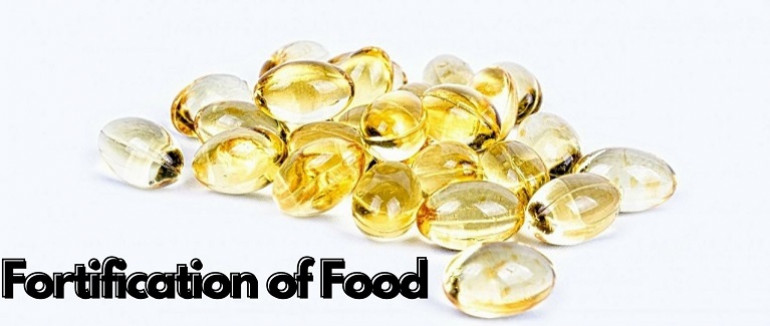

Fortification of Food
Food Safety and Standards for Fortification of Food
What is fortified food?
While the food is processed it loses its natural nutrients so those nutrients are added to the foods and those foods in which nutrients are added to them artificially are classified as fortified foods, these foods provides various health benefits and added nutrition. Fortified milk is available in the market by various companies having Vitamin D added in it. Fortified food is scientifically proven to be healthier, is cost effective as well as sustainable in nature.
In October 2016, The Food Safety and Standard Authority of India released The Food Safety and Standards (Fortification of Food) Regulation, 2016 to fortify certain foods with Iron, Vitamins, Iodine and other nutrients. To differentiate fortified foods from others “+F” logo has been notified to identify fortified foods.
Food that has to be fortified with different nutrients
1. Wheat flour- wheat flour has to be fortified with Iron, Folic Acid, Vitamin B12, as these would help to fight anaemia, maintains normal functioning of blood in human body
2. Rice- rice also has to be fortified with Iron, Folic Acid, Vitamin B12
3. Double fortified salt- Double fortified salt has to be fortified with Iron and Iodine, necessary for normal growth, thyroid and brain function
4. Edible oil- it has to be fortified with vitamin A & D
5. Milk- Milk as well has to be fortified with vitamin A & D, it helps to keep bones stronger and fights against night blindness.
Why is fortification necessary?
In India malnutrition is a serious health issue that is affecting almost all the sections of society that affects physical and mental growth which would eventually hamper prosperity rate of India, fortified food will help in providing 30-50% of daily requirements of micro nutrients also fortified food is proven to be scalable and cost-effective, estimates say that every 1 rupee spent on fortification results in 9 rupee benefit to the economy. They are absolutely safe and have no side-effects at all or have no impact on the shelf life of the product.
How to identify fortified foods?
The “+f” logo has been notified by FSSAI, So that it becomes convenient for the buyers to identify the fortified product easily, the logo on the packets endorses fortification and quality of the food. 4
Advantages for Retailers to Sell Fortified Food Products:
1. It will attract more consumers as people now days are becoming more health conscious. \
2. Selling something beneficial for the community will always improve the goodwill of the company.
3. It is a unique opportunity to promote public health as well as gain profits. '
General Obligations for Manufacturers of Fortified Food
1. Quality Assurance must be kept in mind.
2. Compliance with the generally applicable provisions of the Act, Regulations and Standards.
3. Packaging and Labeling Requirements as per the act and regulations.
4. Promotion of fortified foods must be ensured to promote wholesome food for the country
5. Consolidation of regulations and standards on fortified food
6. Nothing in these regulations shall affect the Provisions of the Infant Milk Substitutes, Feeding bottles and Infant Foods Act



